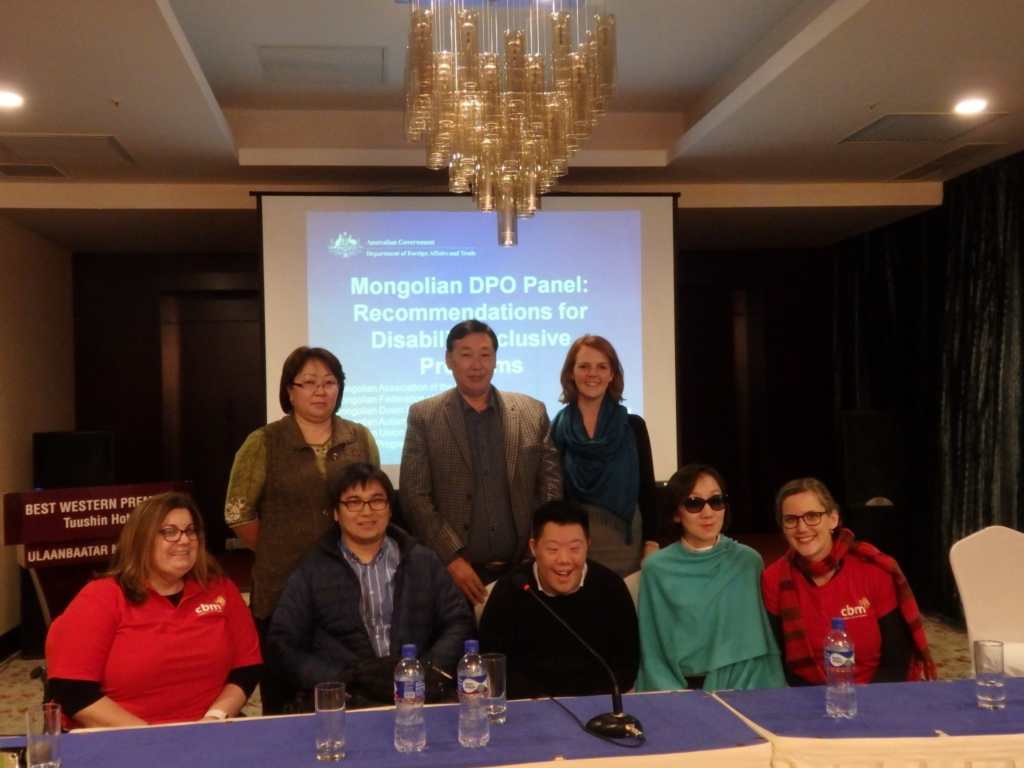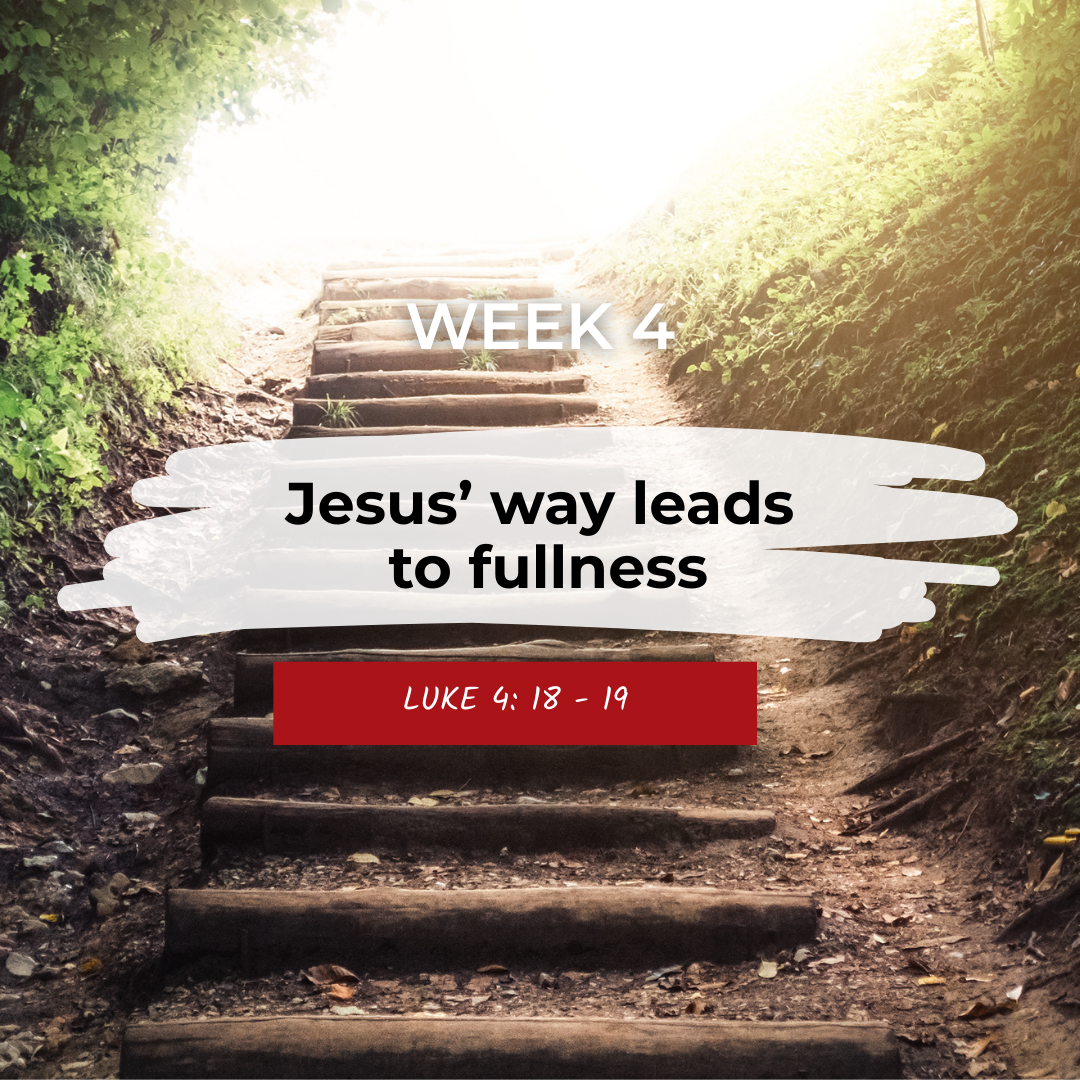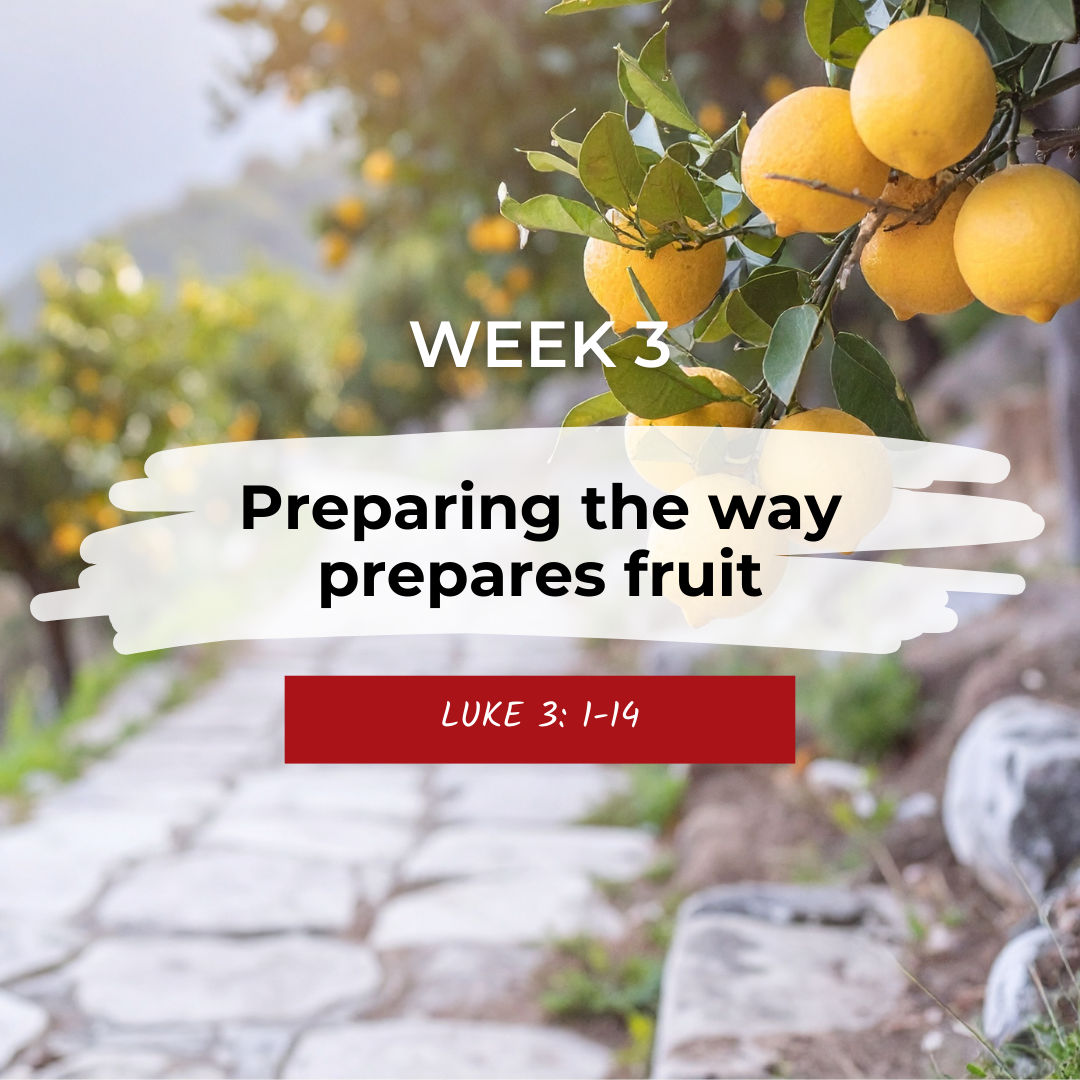Working in partnership for a disability inclusive world: introducing CBM’s advisory work
Stories | January 4, 2022
Gemma Muir, Advocacy and Communications Officer for Inclusive Development explains CBM’s advisory work. In an easy-to-understand article, she unpacks CBM’s approach to enabling others to tackle the barriers that stand in the way of an inclusive world.
At CBM Australia we have a vision for an inclusive world where all people with disabilities enjoy their human rights and achieve their full potential. Globally, one billion people have a disability and 80 per cent of them live in developing countries. People with disabilities routinely face barriers to their participation and access to healthcare, education, work, political and community life. To change this, CBM Australia has programs that specifically support people with disabilities (and those at risk of disability) to claim their rights and escape the cycle of poverty and disability. This work is essential, but it’s just one part of the puzzle. To achieve a truly inclusive world, where everyone contributes and benefits; laws, policies, systems and societies need to be transformed, and we can’t do this alone. So we started asking: what if we could get others to also tackle the barriers that stand in the way of an inclusive world?
Partnering for a more disability inclusive world
To bring others on board with our vision, CBM Australia has a team of disability inclusion advisors that work every day with development partners across Australia and the world to make their own programs and policies inclusive for people with disabilities.
In 2017, our advisors worked with 18 international development organisations and governments, in countries across the globe, to support them to include people with disabilities in their own programs and policies. To do this, we partner with people with disabilities and their representative organisations. Together we work with and provide advice to the Australian government and other development organisations, so that their work overseas is disability inclusive. We also work with the governments of other nations so that they can better support and uphold the rights of people with disabilities in their countries and communities. We work in partnership with other international development and humanitarian organisations too. By doing this we amplify our combined impact and support them to include people with disabilities in their programs. Ultimately this contributes to transformative change across diverse program areas including livelihoods, education, health, and water, sanitation and hygiene (WASH) programs.
So what does this work with partners look like?
We support our partners in many ways to help make their work more disability inclusive. We’re paid to provide training and resources so that people better understand disability inclusion and how to apply it to their own programs and work. We coach and mentor people to build their disability inclusion skills, and we give them advice when they’re designing, implementing and evaluating their programs so that people with disability aren’t left behind. We also review and provide advice to governments on their policies to make sure that they meet the rights and needs of people with disabilities.

Partnering with people with disabilities to achieve lasting change
Across all of this work we partner with Disabled People’s Organisations (DPOs) and people with disabilities in their own communities. Their expertise helps us to make sure the work that we do and advice that we give is informed by the expertise and lived experience of people with disabilities, and addresses their priorities. This helps us know that what we’re doing will be effective and create real change. We also create opportunities for people with disabilities to share their stories with decision makers. This helps to challenge assumptions and attitudes, and to achieve change that will continue long after we have left.
Working in partnership with others makes our reach so much wider than our own programs, and the positive impact for people with disabilities so much greater. There’s still a lot of work to do, but we will keep working in partnership with others to build an inclusive world where all people with disabilities enjoy their human rights and achieve their full potential. Then one day this will no longer be a vision, but our shared reality.
Photo (top): CBM Australia Technical Advisor, Liz (centre) with Silvia (left) and Abilio (right) from National DPO in Timor.
https://www.cbm.org.au/stories/cbms-advisory-work
Related Stories

Advent 2025: Jesus’ way leads to fullness
The way of Jesus gives people freedom and empowers them to live out their God-given purpose. The last few weeks...

Advent 2025: Preparing the way produces fruit
John the Baptist called people to prepare for God’s presence through repentance and by producing fruit (acts of justice,...

From sports to advocacy – the journey of the Isiolo Umbrella Disability Group
The Promoting Inclusive Delivery of Eye Care (PRIDE) Project is a...
